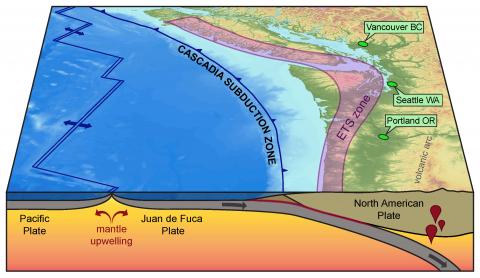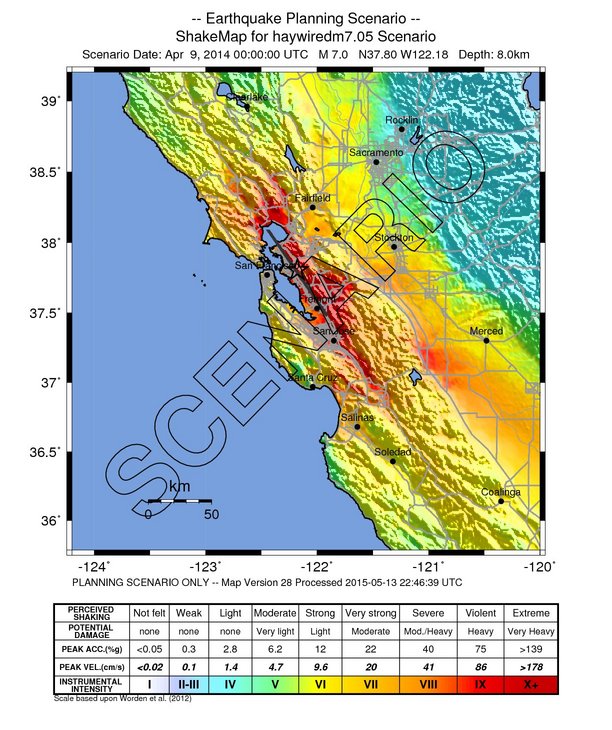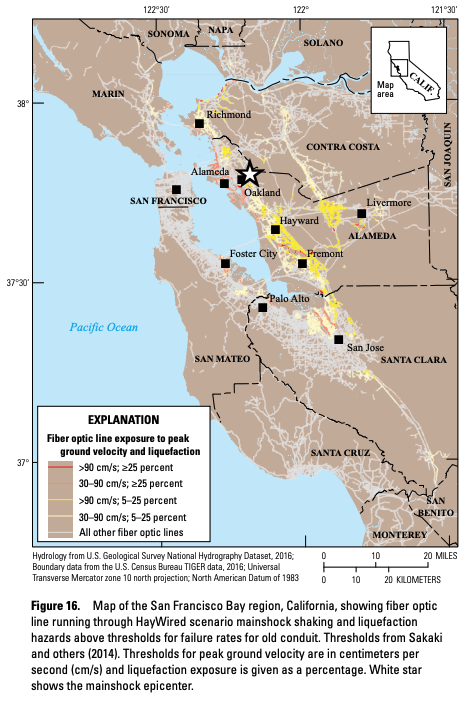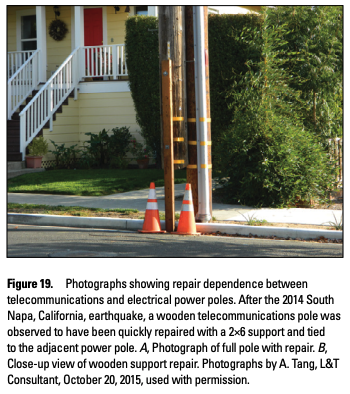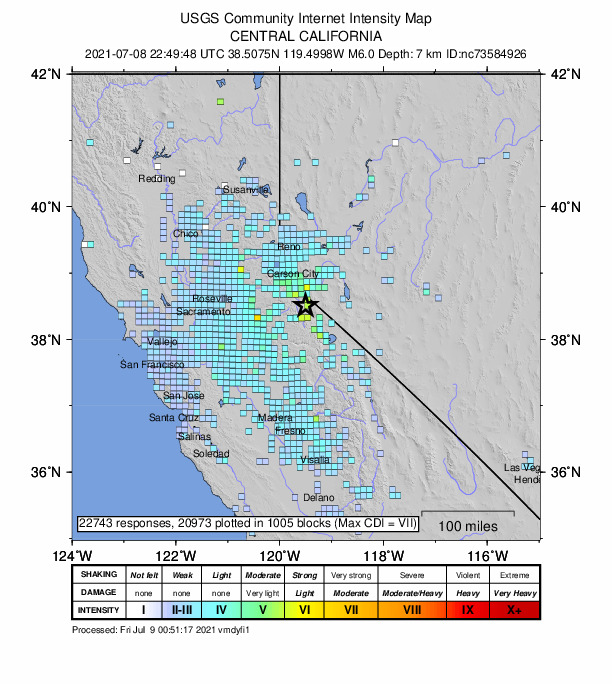
Many folks (and their kids) asked why earthquakes happen in the central and eastern U.S., far away from plate boundaries. There are many reasons! #QuakeQuestions🧵
https://twitter.com/USGS_Quakes/status/1546525420807495680
First, the plate boundary is a lot wider than you might think. In California, most motion between the Pacific and North America plates happens on the San Andreas fault. But that plate motion is stretching the crust (and causing earthquakes) as far east as the Colorado Plateau.
In the past, the tectonic plates were very different than they are today. Remnants of ancient plates and past mountain building have left faults throughout the U.S. on which earthquakes can occur to relieve stress. And there are plenty of non-tectonic stress sources. 

During the last ice age, glaciers covered much of the U.S., weighing down Earth’s crust. When the glaciers melted, the crust began rebounding. But Earth’s mantle is so viscous, & flows so slowly, that it is still recovering today. This is just 1 non-tectonic source of stress. 

There are many other non-tectonic processes that can cause earthquakes, including volcanoes and landslides. Most volcanoes are located at plate boundaries, but some are located at hotspots far from a boundary, like Hawaii or Yellowstone. Also, humans can cause earthquakes too! 

One way humans cause earthquakes is wastewater injection from hydrofracturing. Learn more here: usgs.gov/news/featured-…
Further reading: usgs.gov/faqs/where-are… nps.gov/subjects/geolo… nps.gov/subjects/geolo…
Check out our fault viewer: doi.org/10.5066/F7S75F…
Further reading: usgs.gov/faqs/where-are… nps.gov/subjects/geolo… nps.gov/subjects/geolo…
Check out our fault viewer: doi.org/10.5066/F7S75F…
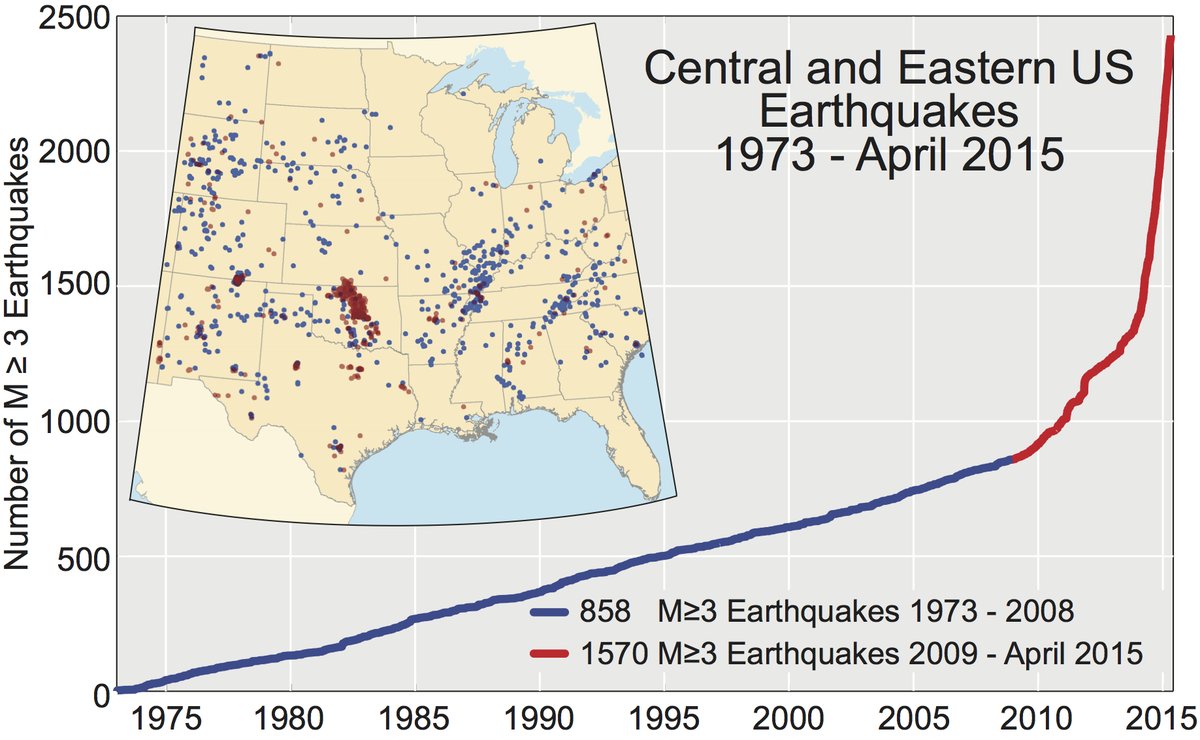
• • •
Missing some Tweet in this thread? You can try to
force a refresh





